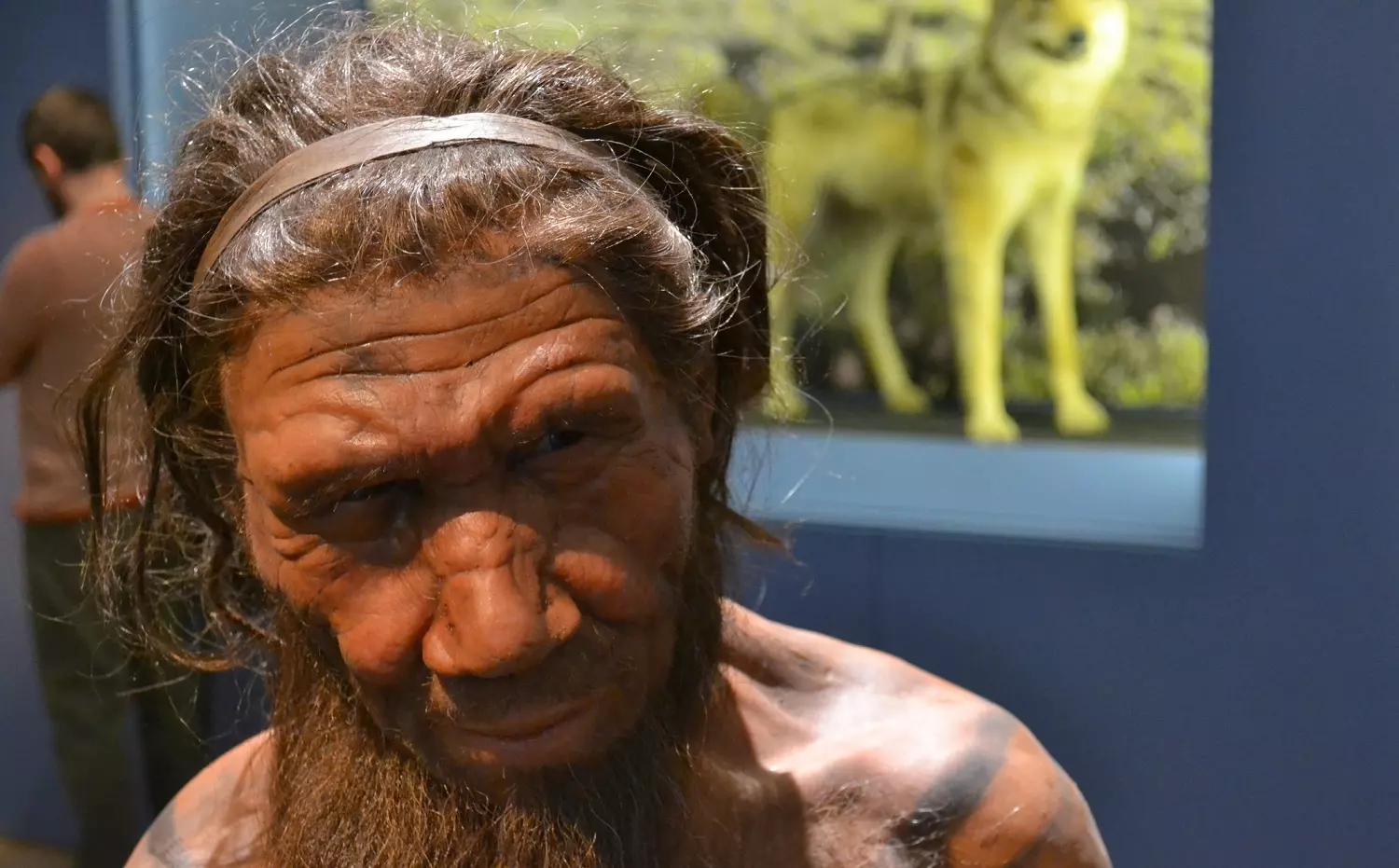[Originally published as A Cord of Three Strands]
…a threefold cord is not quickly broken (Ecc. 4:12)
How smart was a Neanderthal?
During the first half of the twentieth century, artists and experts emphasized an animalistic depiction, with pictures that practically equated them with gorillas.
Excavations at Shanidar, in Iraq, did a lot to change that public perception. There, anthropologist Ralph Solecki and his team of excavators found what they interpreted to be evidence of personal care in Neandertals. The skeleton they dubbed Nandy (Shanidar 1) was probably blind in one eye from a head wound, nearly deaf from blocked ear canals, had multiple, healed fractures in his right arm, and had lost his right hand. He also had deformities in his feet.
Yet he was probably around 35-40 when he died, and had lived long enough with his injuries for the bones to mostly heal.
Someone must have been taking care of him!
This, and other evidence at Shanidar, led to a kinder and gentler picture of Neandertal life.
But how smart were they? We known for a long time that Neandertals were associated with stone tools, but the occurrence of the earliest Homo sapiens remains in Europe are associated with much more sophisticated stone and bone implements and skeletal remains that are clearly intentional burials. So Neandertals continued to be depicted in very primitive terms, as a kind of cartoonish caveman.
Still, that primitive depiction of Neandertals is based primarily on the absence of evidence.
We don’t know they were clever, so we shouldn’t depict them as clever. As the old cliche goes, the absence of evidence is not evidence of absence, and that seems to apply very well to Neanderthal intelligence.
On the blog, “Human Genesis,” we’ve described evidence of Neanderthal art, including pendants or “jewelry,” that points to a fairly sophisticated Neanderthal mind. We’ve also seen evidence that they could make fire (rather than just controlling it) and even large structures. There’s even inferential evidence of sophisticated Neandertal seafaring!
Now, we have yet another evidence of the intelligence of Neandertals:
They could create twine or cord
Researchers working at a site called Abri du Maras in the south of France report a tiny fragment of cord caught on a stone tool. Excavations at Abri du Maras have turned up evidence of fibers before, and researchers speculated that they might have come from twisted cord. Until now the evidence was equivocal, and the bits of fiber were just too small to be certain about their origin. With this new discovery, though, the evidence is more clear, and you can see it for yourself.
The researchers describing this discovery were very enthusiastic in their portrait of Neanderthal intelligence. They even concluded:
Given the ongoing revelations of Neanderthal art and technology, it is difficult to see how we can regard Neanderthals as anything other than the cognitive equals of modern humans.
Now to be fair, this isn’t widespread evidence of cord use, nor is it directly associated with Neanderthal physical remains (just their distinctive stone tools). So skeptics still have ways to be skeptical. From a young-age creationist perspective, however, this new find is not surprising at all. We have long affirmed that Neandertals were human, and we fully expect evidence of their intelligence will continue to mount.
Footnote:
The original research paper is published in the open-access journal Scientific Reports, so you can read it and judge for yourself: Hardy et al. 2020. Direct evidence of Neanderthal fibre technology and its cognitive and behavioral implications. Scientific Reports 10:4889.







Great article! Yes, it is pure evolutionary indoctrination that put forth the idea that humans have gone from primitive to intelligent. But in truth, the opposite is observed in the real world and in Scripture. Other than the huge, recent increase in knowledge (which is an End Times prediction of Scripture), mankind had been on a decline over the ages because of the corruption of sin. Thanks for writing! William